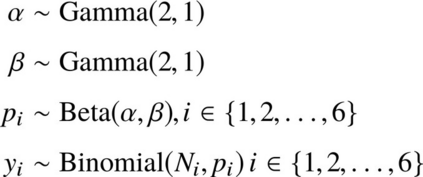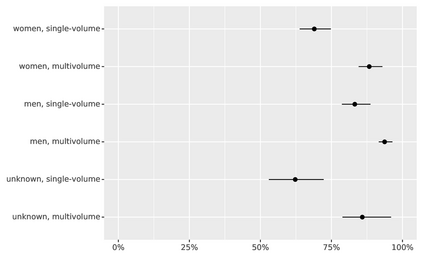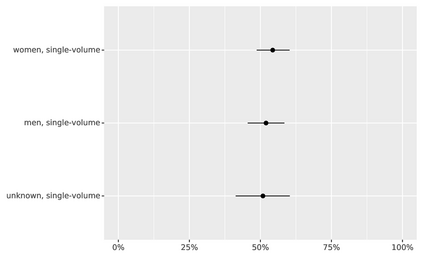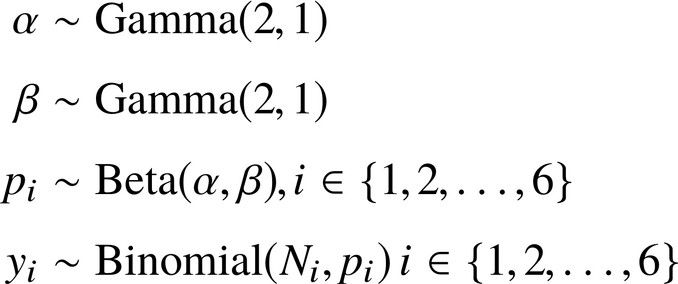Library digitization has made more than a hundred thousand 19th-century English-language books available to the public. Do the books which have been digitized reflect the population of published books? An affirmative answer would allow book and literary historians to use holdings of major digital libraries as proxies for the population of published works, sparing them the labor of collecting a representative sample. We address this question by taking advantage of exhaustive bibliographies of novels published for the first time in the British Isles in 1836 and 1838, identifying which of these novels have at least one digital surrogate in the Internet Archive, HathiTrust, Google Books, and the British Library. We find that digital surrogate availability is not random. Certain kinds of novels, notably novels written by men and novels published in multivolume format, have digital surrogates available at distinctly higher rates than other kinds of novels. As the processes leading to this outcome are unlikely to be isolated to the novel and the late 1830s, these findings suggest that similar patterns will likely be observed during adjacent decades and in other genres of publishing (e.g., non-fiction).
翻译:1836年和1838年首次在不列颠岛出版的图书数字化使超过10万19世纪的英文书籍可供公众查阅。数字化的书籍是否反映了出版书籍的数量?一个肯定的答案将使书籍和文学历史学家能够将主要数字图书馆的藏书用作出版作品的代言人,使他们不必收集具有代表性的样本。我们利用1836年和1838年首次在不列颠岛出版的著作的详尽文献目录来解决这个问题,查明这些小说中哪些至少有一个数字替代物在互联网档案馆、HathitTrust、Google Books和英国图书馆中。我们发现,数字替代物的提供不是随机的。某些类型的小说,特别是由男人和以多卷格式出版的小说,其数字代孕率明显高于其他类型的小说。由于导致这一结果的过程不可能孤立于小说和1830年代后期,这些调查结果表明在相近几十年和其他出版版本(例如非电影)中可能观察到类似的模式。









